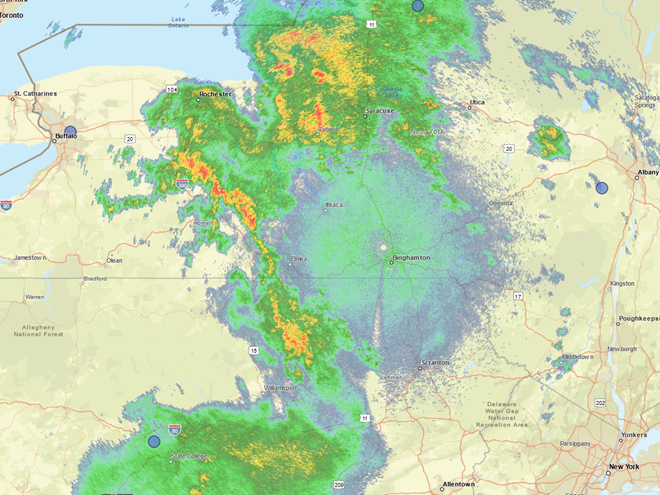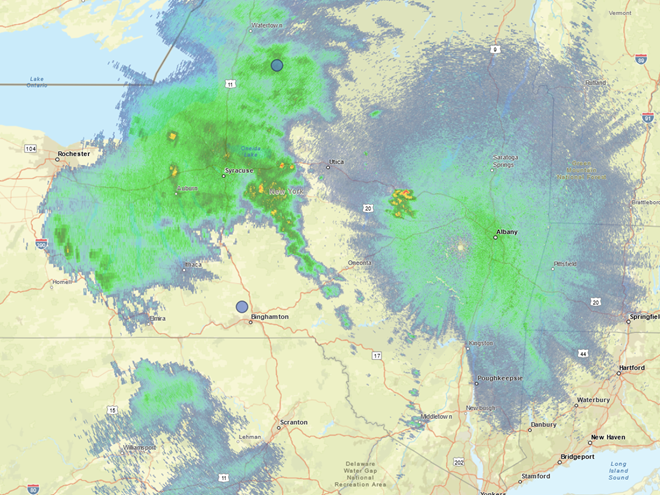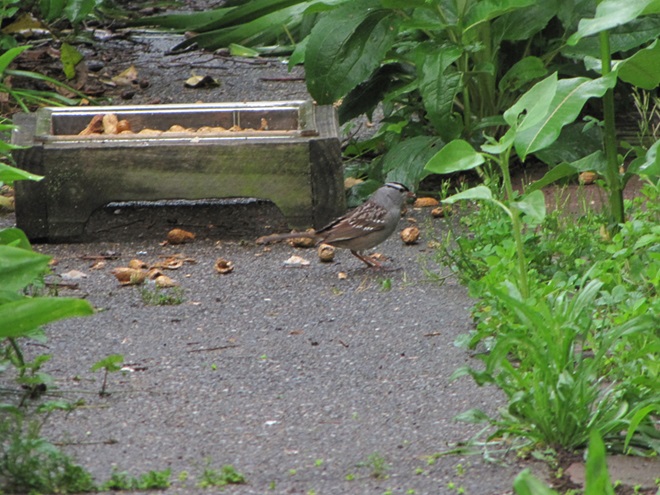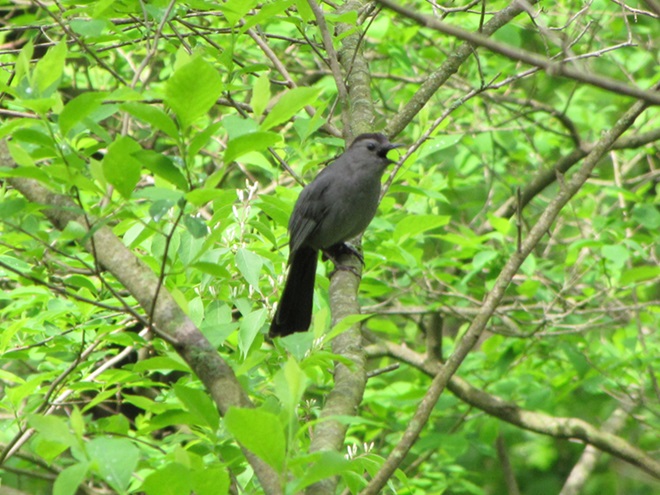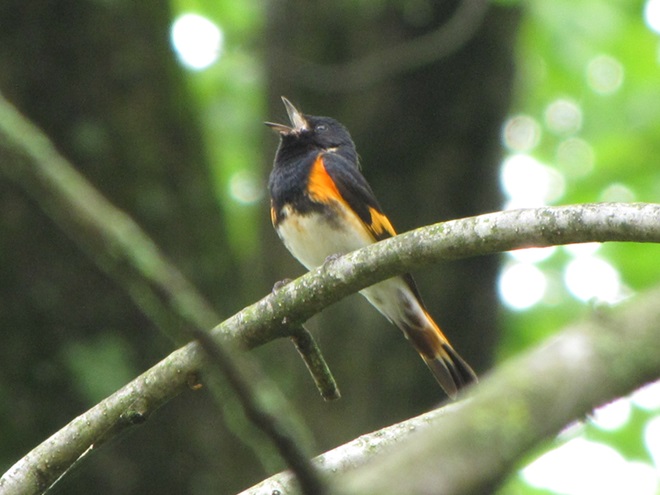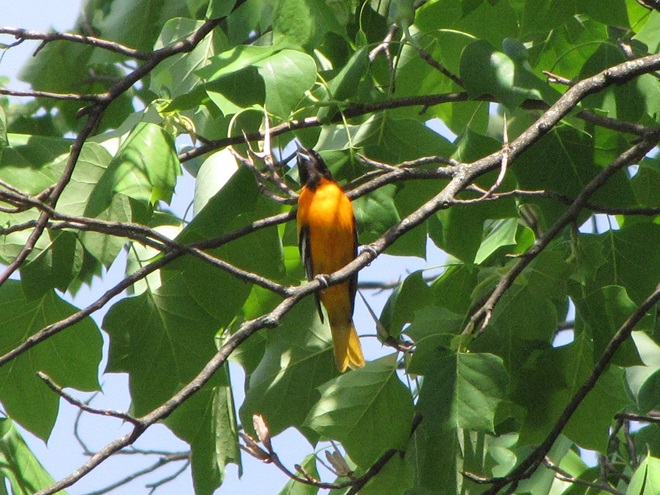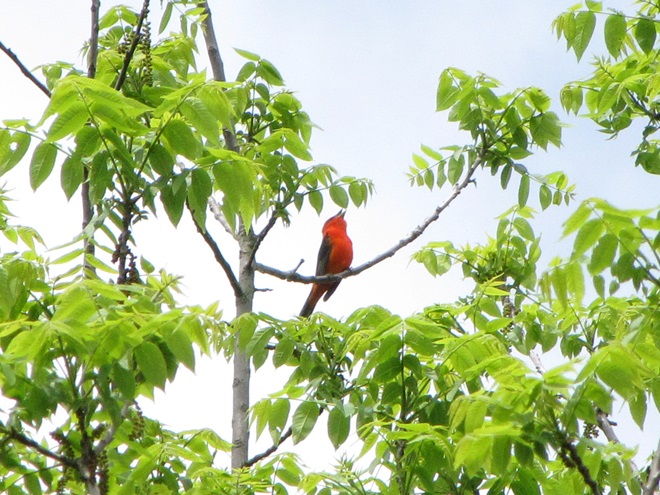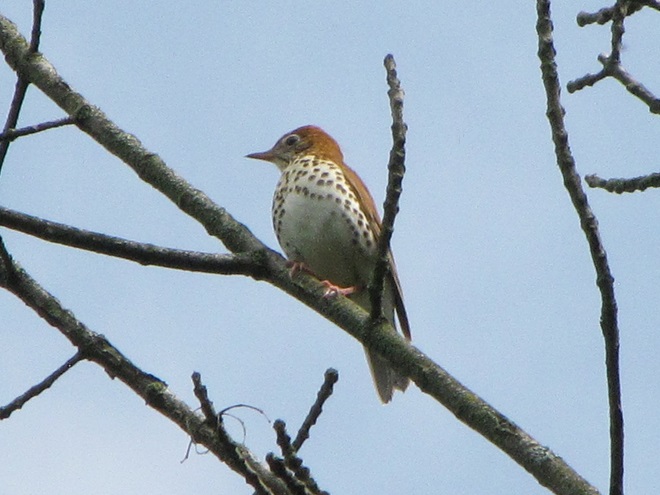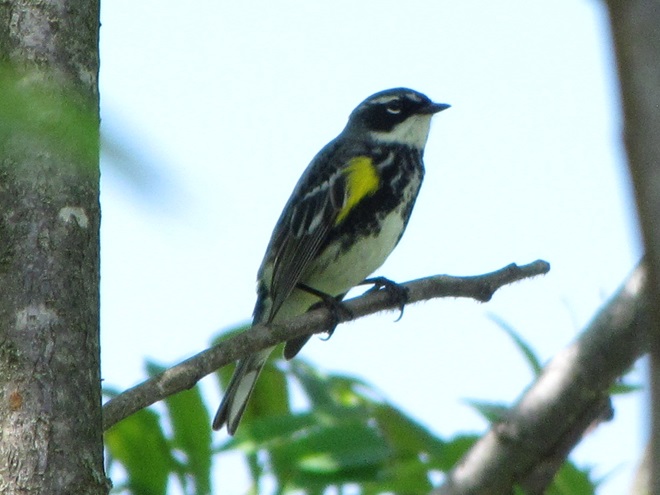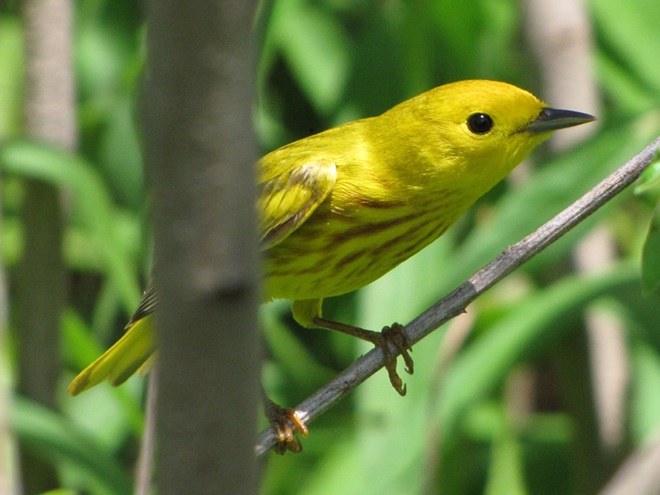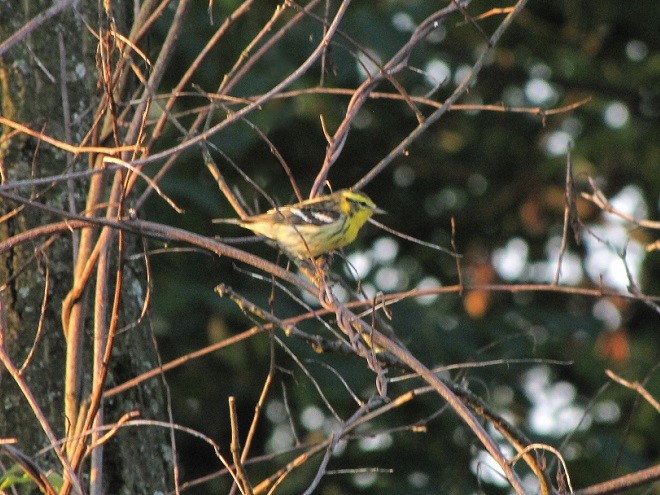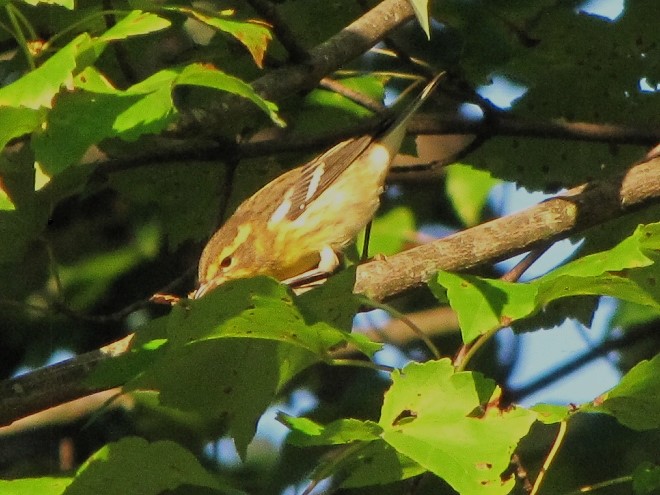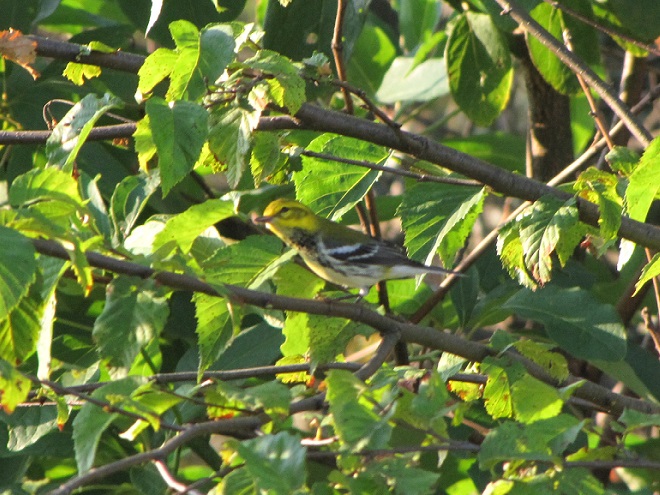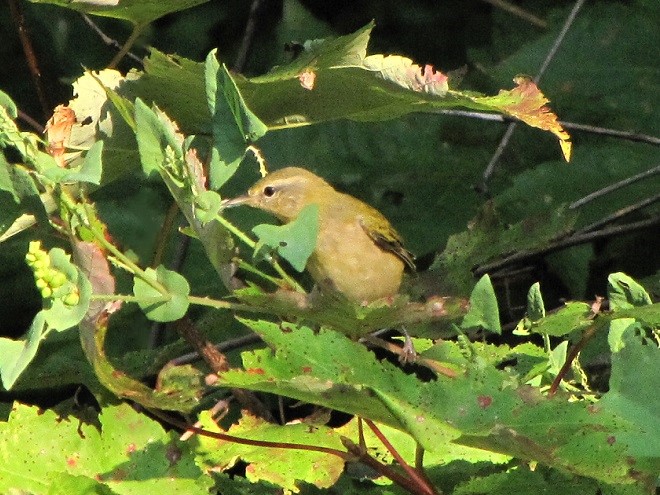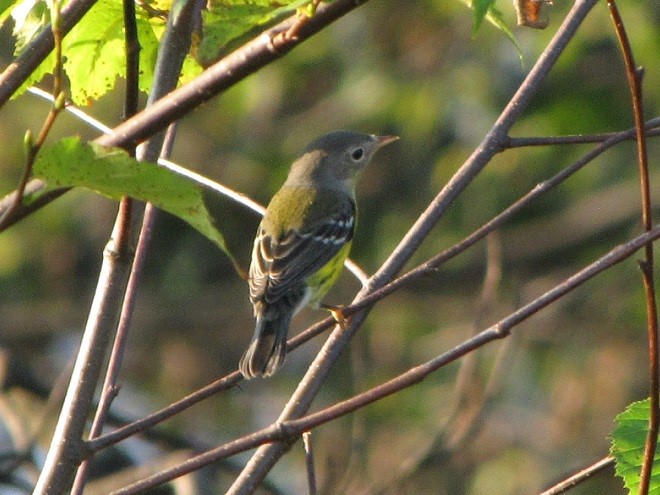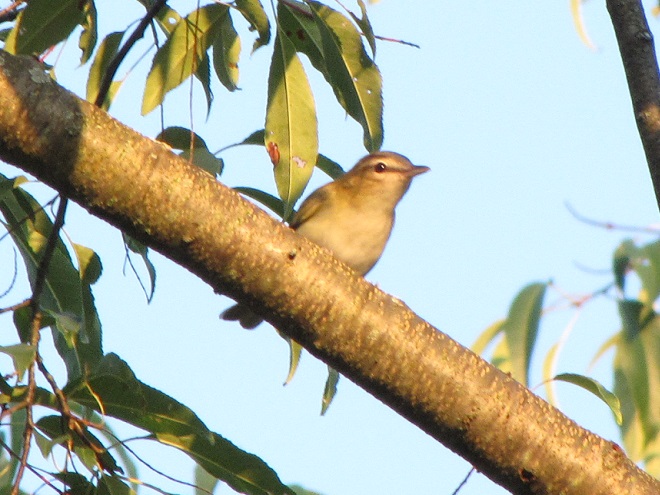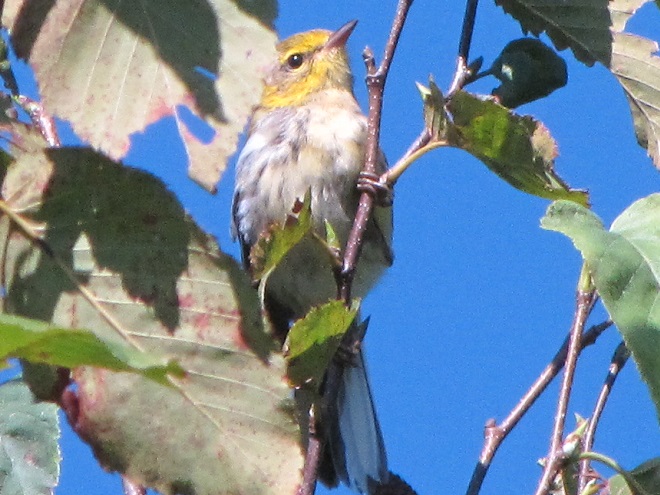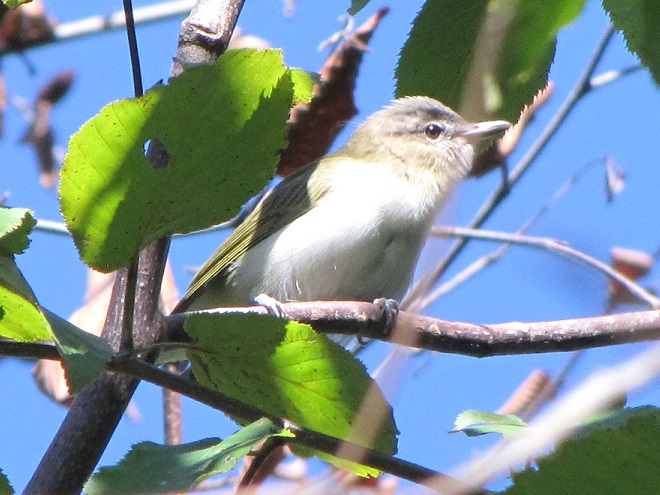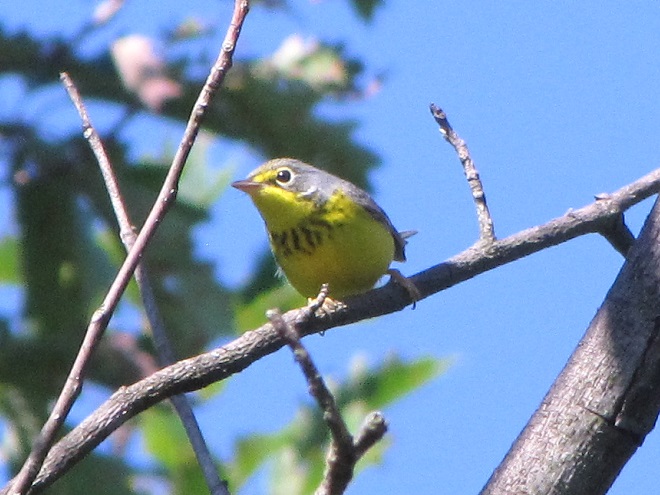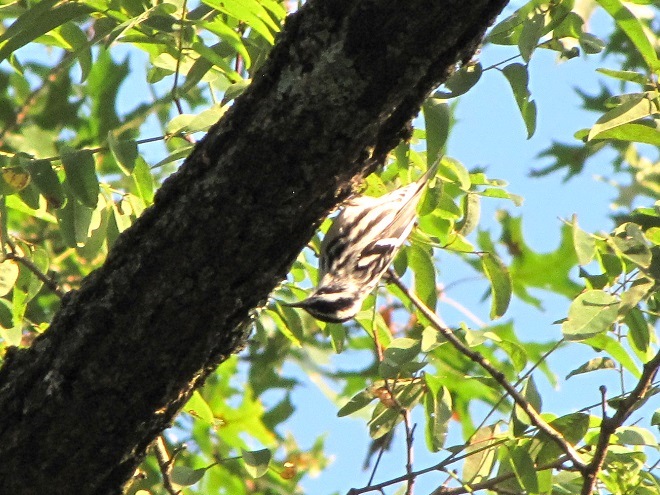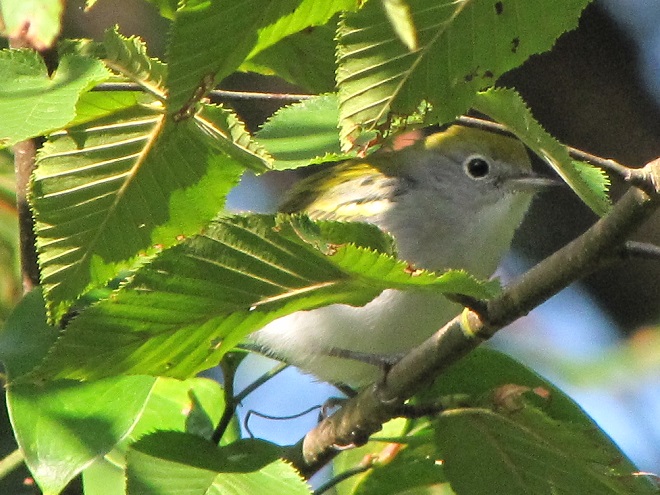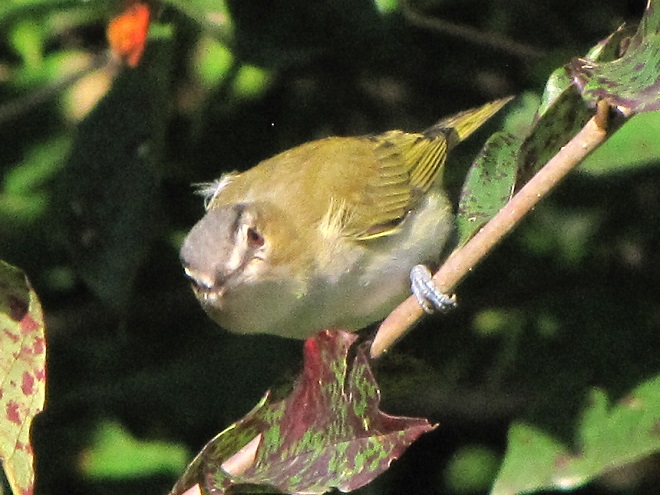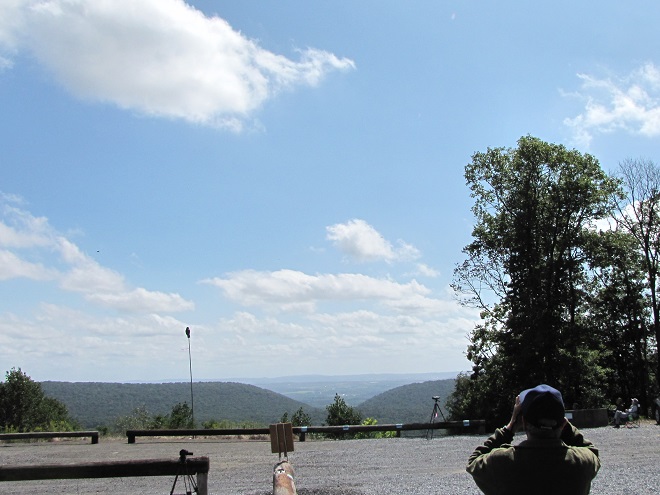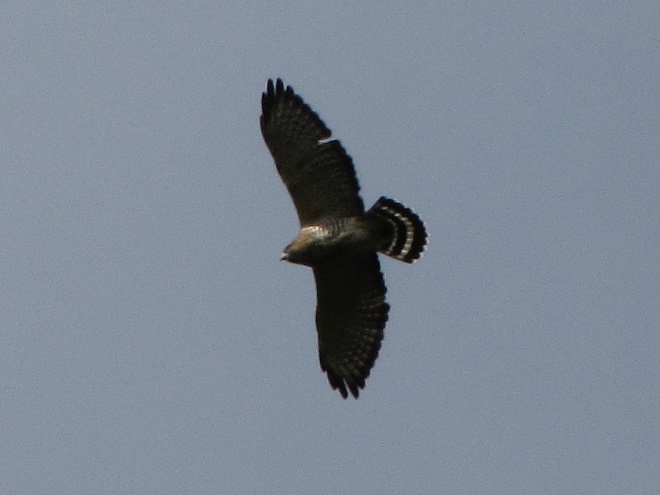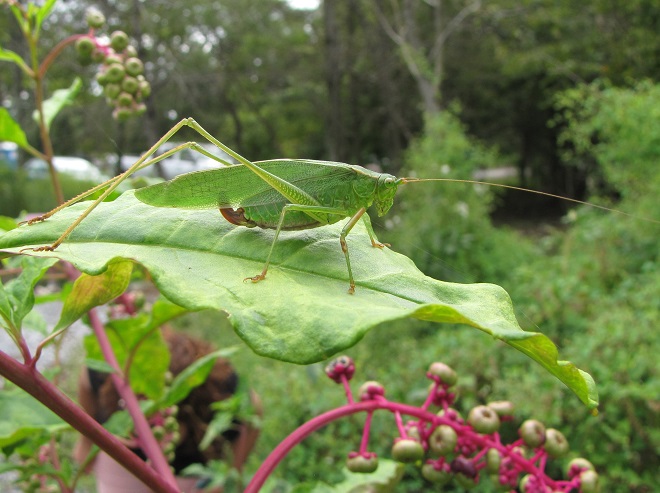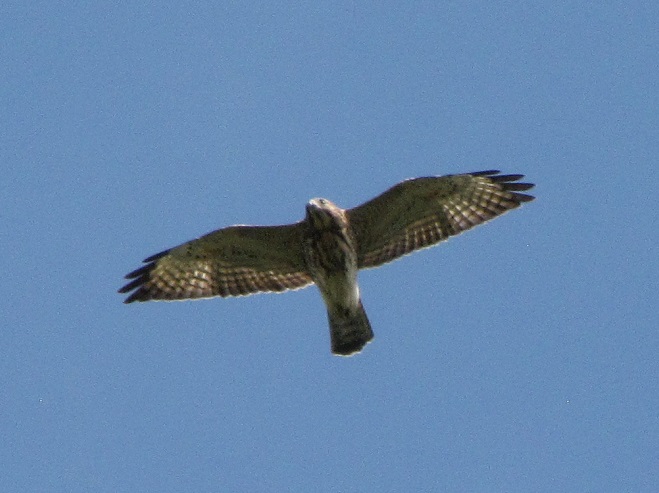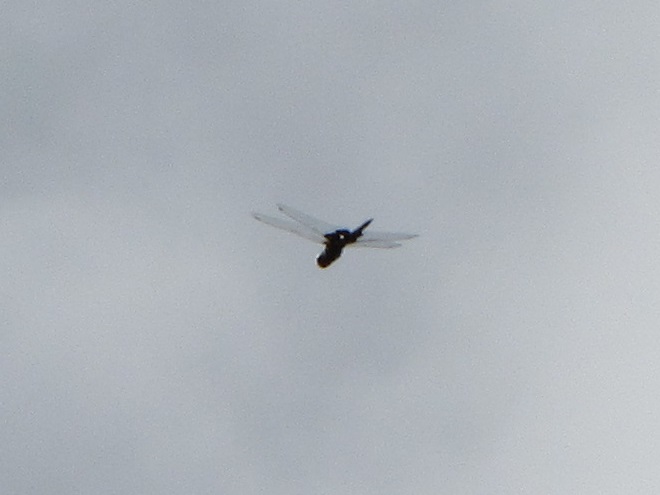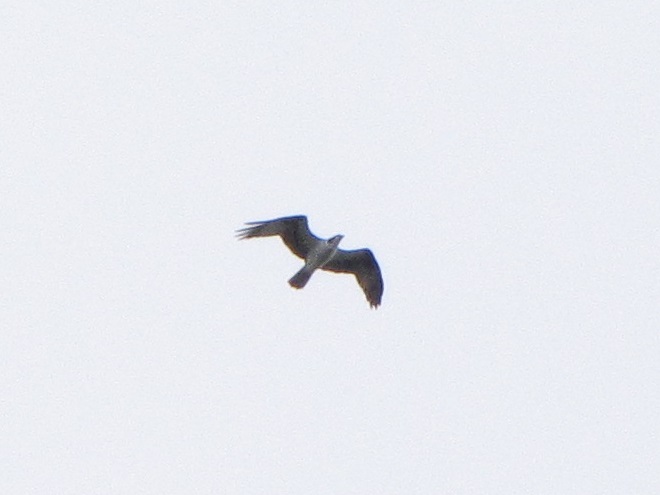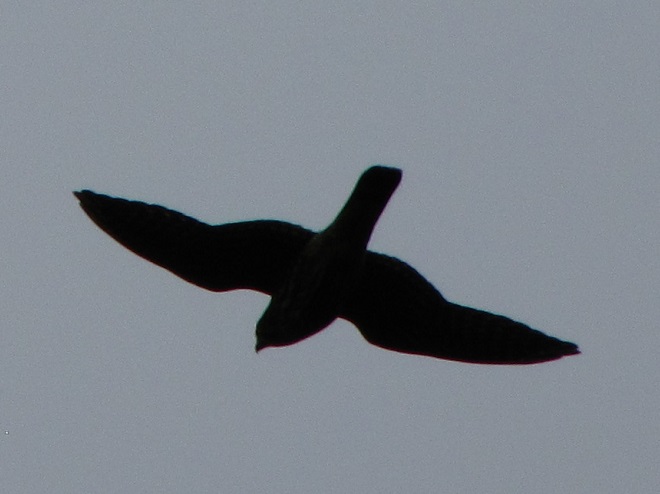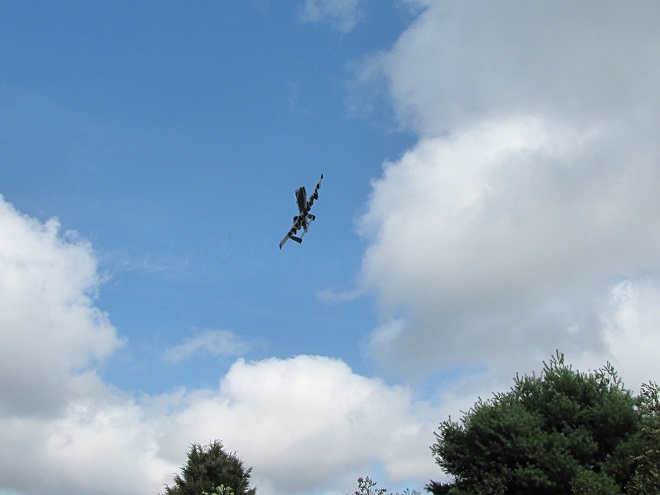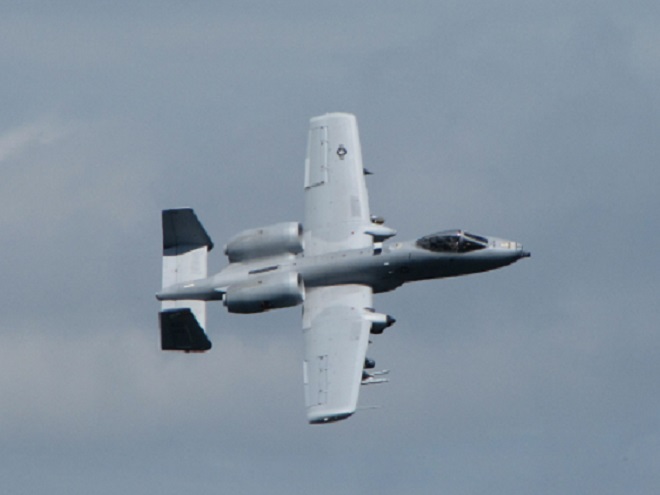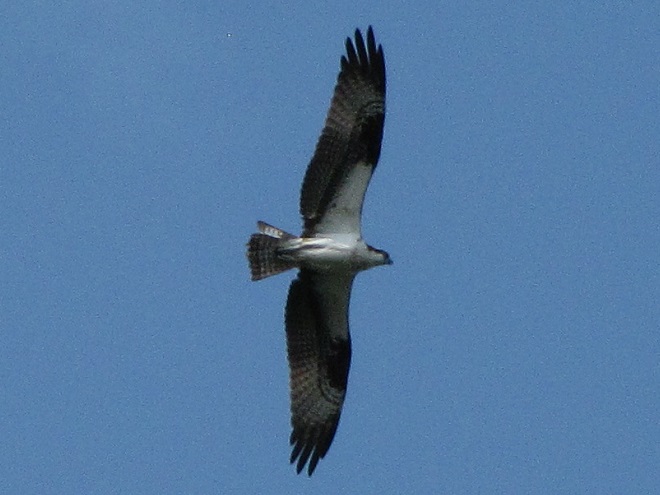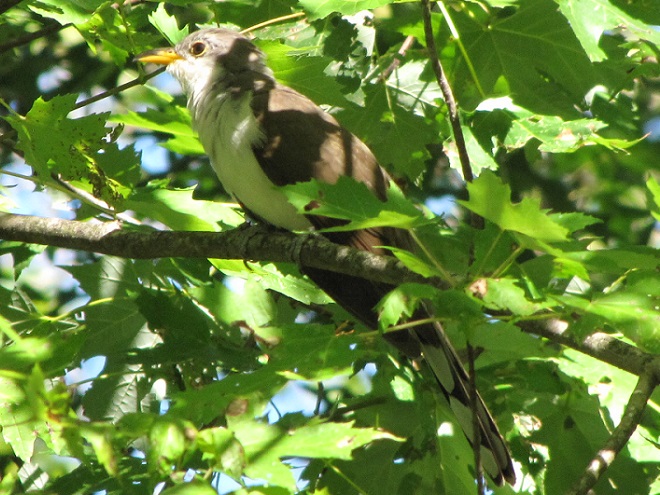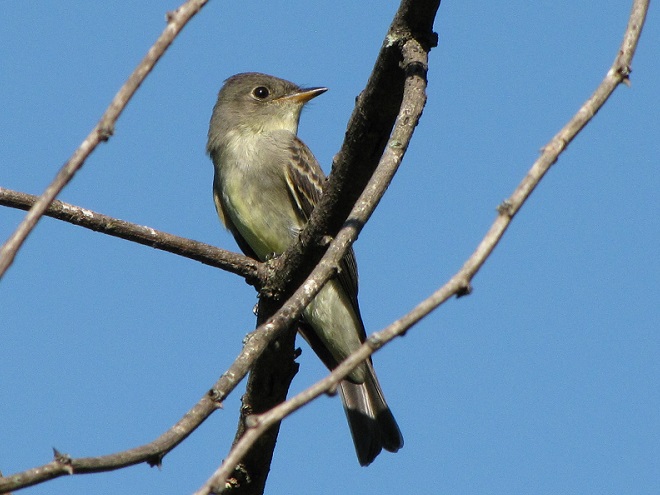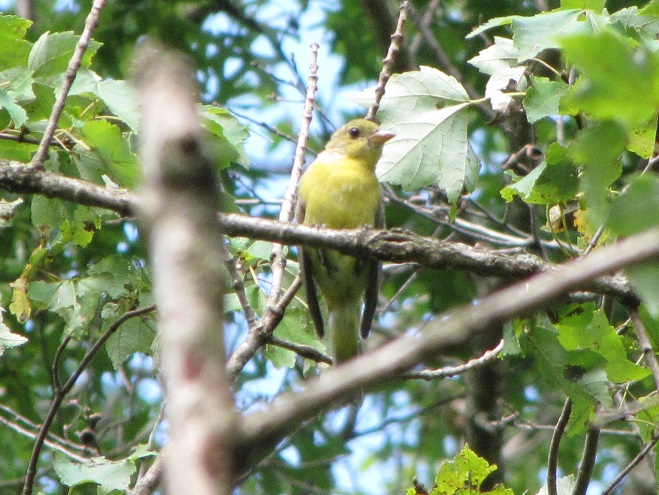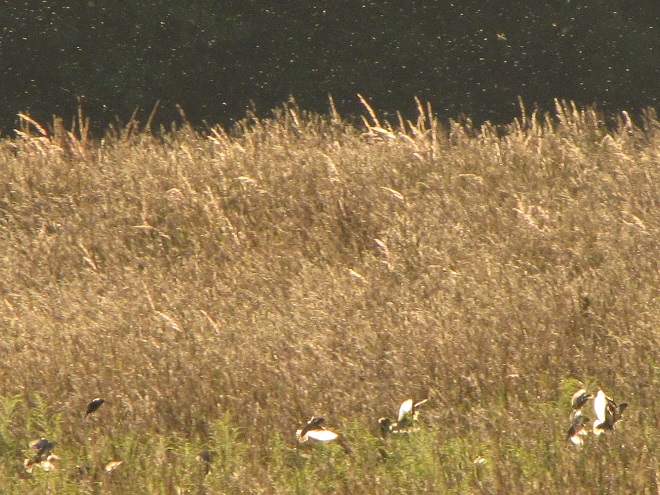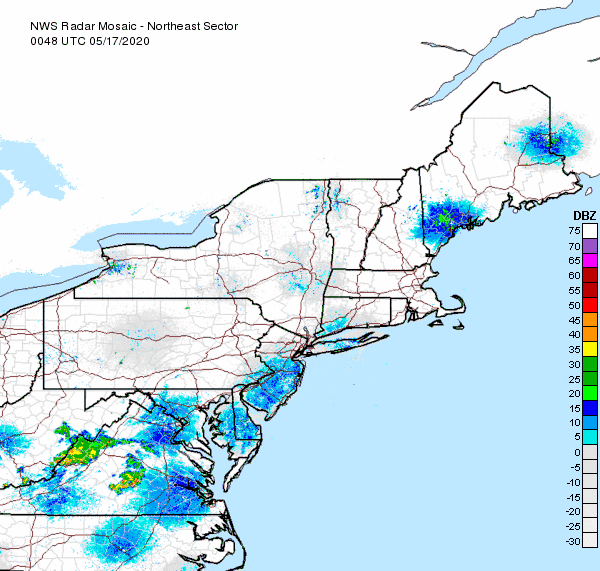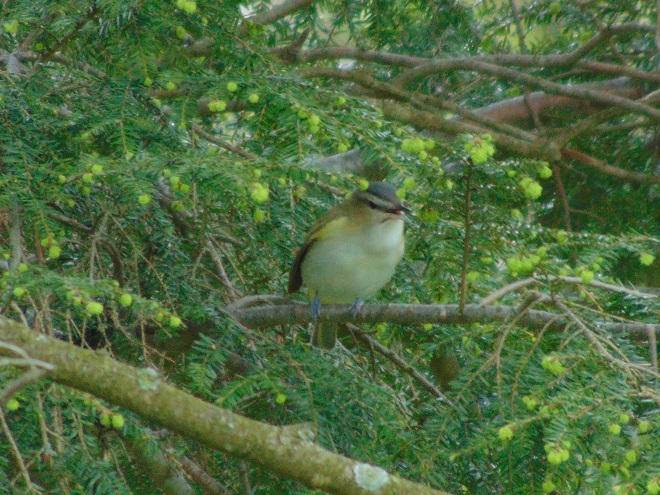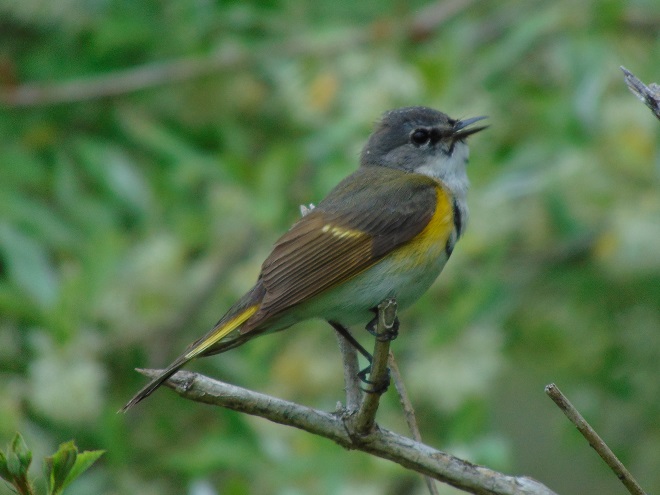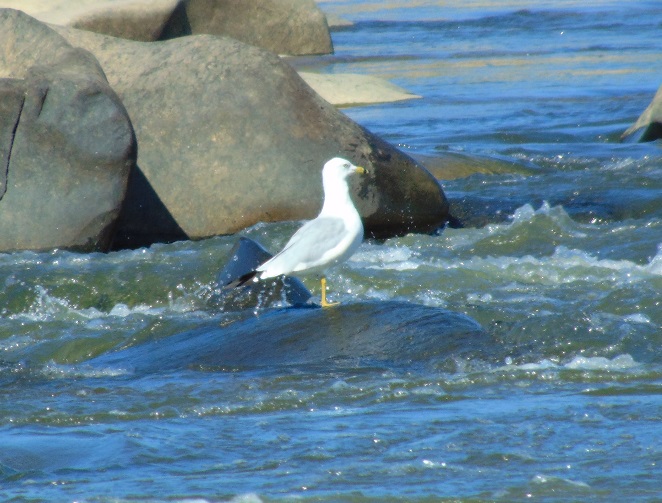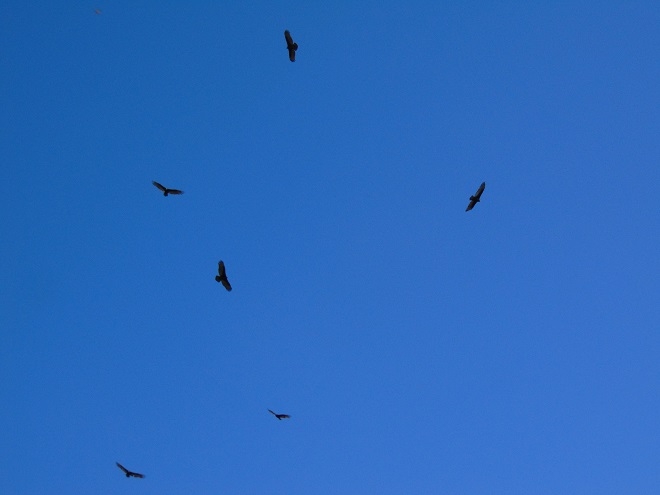During the past week, we’ve been exploring wooded slopes around the lower Susquehanna region in search of recently arrived Neotropical birds—particularly those migrants that are singing on breeding territories and will stay to nest. Coincidentally, we noticed a good diversity of species in areas where tent caterpillar nests were apparent.


Here’s a sample of the variety of Neotropical migrants we found in areas impacted by Eastern Tent Caterpillars. All are arboreal insectivores, birds that feed among the foliage of trees and shrubs searching mostly for insects, their larvae, and their eggs.








In the locations where these photographs were taken, ground-feeding birds, including those species that would normally be common in these habitats, were absent. There were no Gray Catbirds, Carolina Wrens, American Robins or other thrushes seen or heard. One might infer that the arboreal insectivorous birds chose to establish nesting territories where they did largely due to the presence of an abundance of tent caterpillars as a potential food source for their young. That could very well be true—but consider timing.





So why do we find this admirable variety of Neotropical bird species nesting in locations with tent caterpillars? Perhaps it’s a matter of suitable topography, an appropriate variety of native trees and shrubs, and an attractive opening in the forest.





Here in the Lower Susquehanna River Watershed, the presence of Eastern Tent Caterpillar nests can often be an indicator of a woodland opening, natural or man-made, that is being reforested by Black Cherry and other plants which improve the botanical richness of the site. For numerous migratory Neotropical species seeking favorable places to nest and raise young, these regenerative areas and the forests surrounding them can be ideal habitat. For us, they can be great places to see and hear colorful birds.





